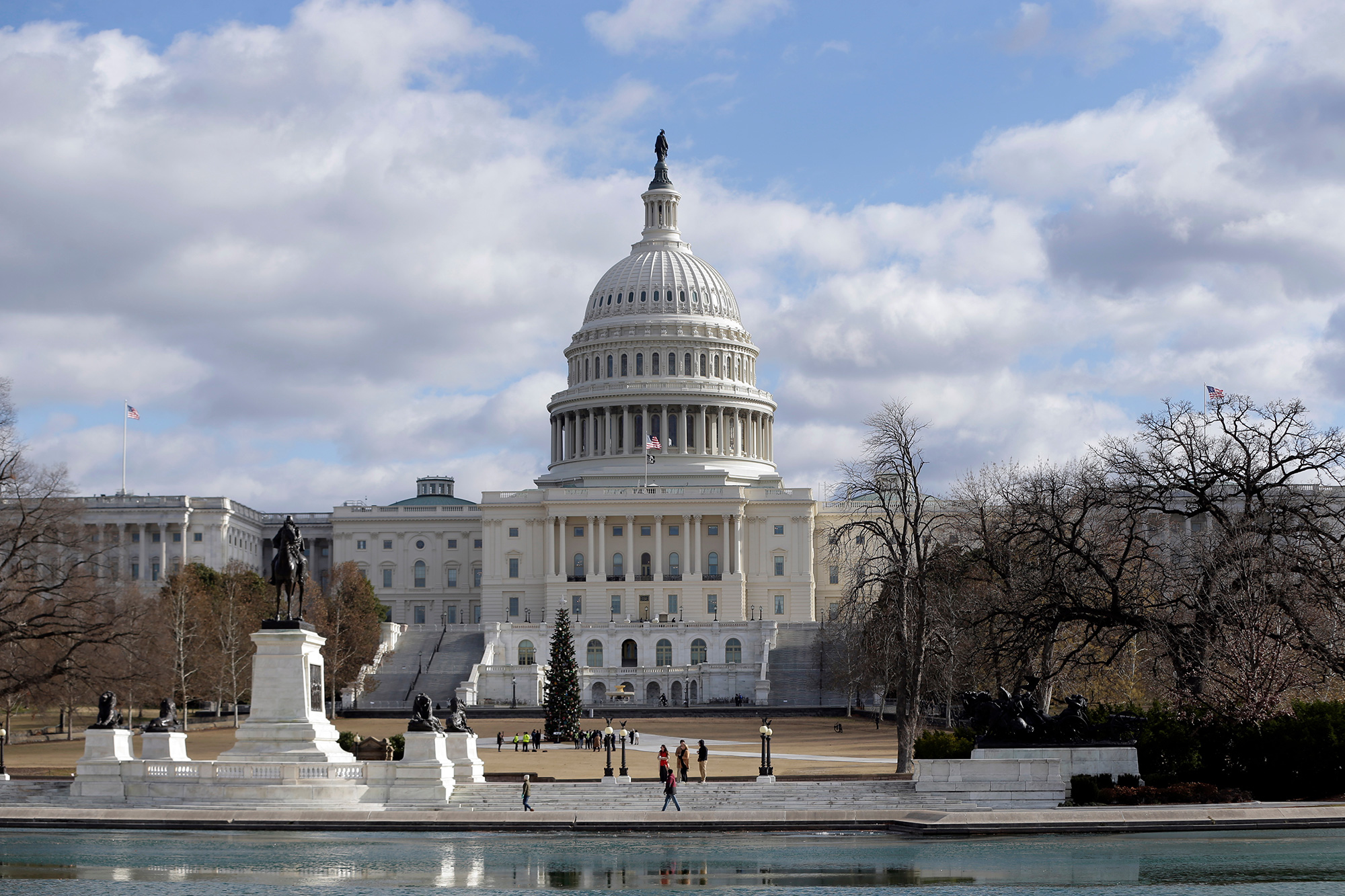If Congress does not raise the debt ceiling, the United States could default on its $36 trillion national debt as early as mid-July, the Bipartisan Policy Center predicted Monday. The think tank added that the outer range of this projected default falls in early October.
So, what is the debt ceiling? Why could it be so bad if we break through it, and what tricks and tools can Washington use to avert a crisis?
Like a figurative lid meant to keep an overflowing hot pot from boiling over, the debt ceiling is a tool created by Congress to limit the amount of debt that can be borrowed while still giving the Treasury Department flexibility in managing fiscal policy. The problem is that, instead of encouraging moderation, the debt ceiling invites legislators to run up debt first under the premise that they can debate later whether or not to pay for it. Perhaps for this reason, the United States is joined by only one other nation — Denmark — in having a debt ceiling.
America first created a debt ceiling in 1917, when Congress authorized the Treasury to borrow more flexibly so the U.S. could more easily finance its entry into World War I. In 1939, during the run-up to America’s entry into World War II, Congress approved the first modern limit on aggregate debt by establishing a $45 billion cap. In the subsequent nine decades, lawmakers have approved 103 debt ceiling increases, and America’s finances have deteriorated significantly. As of October 2024, publicly held debt was 98% of the nation’s gross domestic product – the highest since World War II – compared with only 32% as of October 2001.
What happens if America breaches the debt ceiling?
If Congress fails to raise the debt ceiling:
- The federal government would struggle to make various payments, including to government debt investors.
- The U.S. would effectively default on its debt, jeopardizing the government’s creditworthiness and potentially increasing Americans’ borrowing costs.
- The government might be unable to finance social safety net programs or military personnel.
“Extraordinary Measures”
Although the U.S. technically surpassed our debt ceiling borrowing limit in January 2025, the U.S. Treasury Department often deploys three measures — colloquially known as The Big Three — to stave off default. They can delay Treasury investments into:
- The Thrift Savings Plan Government Securities Investment Fund (G Fund), which exists for federal employees. While the Treasury Department is ultimately committed to keeping the fund filled, its officials are allowed to choose not to fully invest daily, which can create breathing space under the debt limit.
- The Exchange Stabilization Fund (ESF), like the G Fund, is composed of one-day certificates, which the Treasury uses for specific currency-related operations.
- The Civil Service Retirement and Disability Fund (CSRDF) and the Postal Service Retiree Health Benefits Fund (PSRHBF). By delaying adding crediting interest on the fund’s securities and/or rolling over its maturing securities, the Treasury Department can create financial wiggle room until the debt limit is increased.
Other Options
If the Big Three prove insufficient, the government has other options. The Treasury can also free up some space by suspending the issuance of State and Local Government Series securities and entering into an exchange with the Federal Financing Bank. It could also pause certain investments and reinvestments for the CSRDF and PRSHBF, which are scheduled for the end of June, September, and December.
Although it is unlikely to happen, it remains possible that America could default before early June; the most likely catalyst is if the IRS brings in less tax revenue than anticipated. The Washington Post recently reported that the staff cuts and other disruptions to the IRS caused by Elon Musk’s Department of Governmental Efficiency (DOGE) might lead to a drop in revenue collected as high as 10 percent.
In February, House Republicans passed a budget resolution that set a framework for a budget reconciliation package that would include many of President Trump’s main domestic priorities, including tax and spending cuts and investments in energy, the border, and defense. It also included instructions to raise the debt ceiling by $4 trillion, but it doesn’t specify how. The debt ceiling won’t actually be raised until President Trump signs bills passed by both the House and Senate.
The Congressional Budget Office, a nonpartisan organization that tracks financial policy in Congress, also plans to release its own debt limit forecast on Wednesday. Treasury Secretary Scott Bessent has told Congress he will follow with his own forecast in early May.
Until Congress raises the debt ceiling, Americans will just need to hope Secretary Bessent can continue using his arsenal of tricks to stave off default.
Related
Matt Rozsa
Matthew Rozsa is a professional writer whose work has appeared in multiple national media outlets since 2012, including an eight-and-a-half year stint at Salon Magazine from September 2016 through March 2025.
He received a Bachelor’s degree in History from Bard College in 2006, a Master’s degree in History from Rutgers-Newark in 2012 and left Lehigh University as ABD in its History PhD program because his adviser and mentor John Pettegrew passed away from cancer. He chatted with former Israeli Prime Minister Ehud Barak in 2018, was a guest on Fox Business in 2019, repeatedly warned of President Donald Trump’s impending refusal to concede throughout the 2020 election, spoke about QAnon at the Commonwealth Club of California in 2021, won a science journalism fellowship from the Metcalf Institute in 2022, appeared on NPR to defend Senator John Fetterman against ableism in 2023 and collaborated with his friend Senator Joe Lieberman in the Lincoln Forum Bulletin (for one of his last media appearances) in 2024. He opened 2025 by unpacking his 2018 interview with President Jimmy Carter for NPR affiliate KQED.




